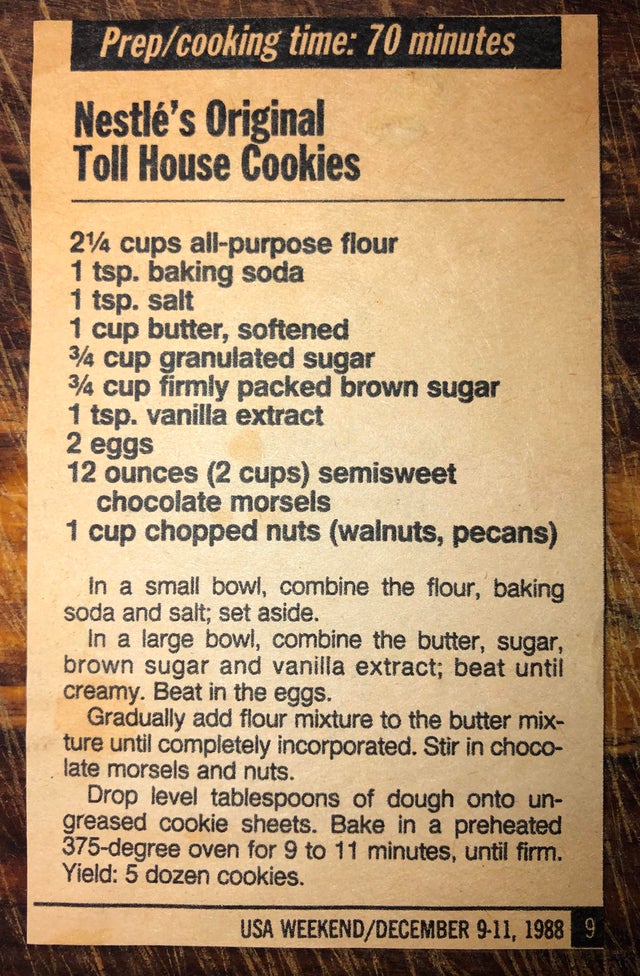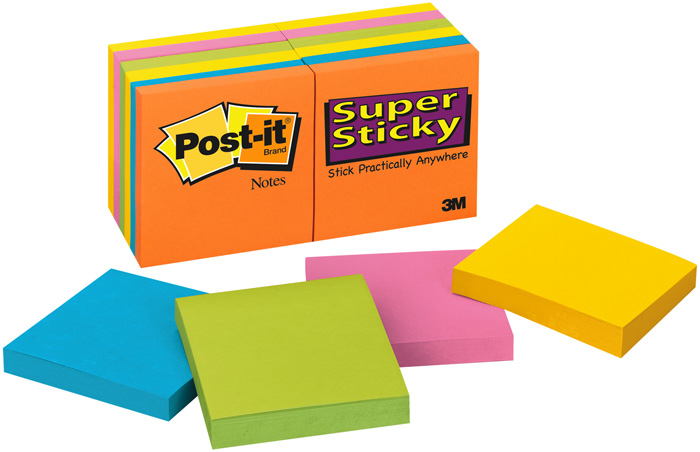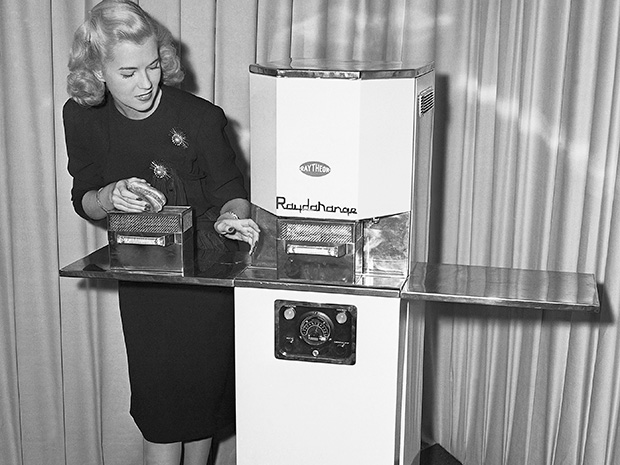When thinking about inventions, more or less, we assume that a lot of planning went behind them. But surprisingly, a lot of products that make an irreplaceable part of our daily lives are in reality accidental inventions. Even choco chips! Don’t believe me?
Check out this list of 7 accidental inventions. And who knows what else might shock you for being on this list.
Chocolate Chip Cookie –
What is your go-to snack when you want to munch?
Choco-chip cookies are mine.
Hard to imagine a better snack than Chocolate Chip Cookies right?
It’s so shocking that this was an accidental invention – how could someone not think of inventing this? But at least we have it now, phew!
The creation of chocolate chip cookies dates back to 1930, when Ruth Graves Wakefield, co-owner of the Toll House Inn, was preparing some chocolate cookies for her guests. Soon after she realized that she was out of baker’s chocolate, Wakefield decided to chop up a block of Nestle semi-sweet chocolate, thinking that it would melt and spread evenly throughout the batter.
But, what came out of the oven was the very first batch of chocolate chip cookies, and the world was blessed. Am I exaggerating? Not enough for a choco-chip cookie lover tho!
Eventually, Ruth named the cookies “Toll House Chocolate Crunch Cookie.” As mentioned in the invention of chocolate chip cookies – Nestle semi-sweet chocolate was one ingredient. Hence, as the popularity of the cookie increased, so did the sales of Nestlé’s semi-sweet chocolate used in the making. The recipe was published in a Boston newspaper and other papers around New England.
As a result, Andrew Nestlé offered Ruth a deal to buy the rights to her recipe, as well as the rights to use her, and the Toll House name when advertising his acquisition.
In fact, Ruth’s recipe has been printed on the back of Nestle chocolate chip bags since 1939. Part of the agreement was that Ruth would receive all the chocolate she could use for the rest of her life.

What’s more? Even though Nestle acquired the rights to the Toll House trademark it couldn’t flourish on the same for long. Read how Nestle’s Toll House trademark for cookies lost its significance.
Post-it Notes –
From reminders to office notes, I can’t function efficiently without post-its. Even one of my welcome gifts from GreyB included a pack of Post-it notes. Can you relate?
Well, did you know that this efficiency-boosting product is an accidental invention?
That’s right. 3M scientist Dr. Spencer Silver was inventing a strong adhesive when he came across quite the opposite: one that “stuck lightly to surfaces but didn’t bond tightly to them.”
Silver, initially clueless of what to do with his discovery- was approached by another 3M scientist years later, Art Fry. He shared the idea with Silver to create a bookmark that could stick to paper without damaging it. Eventually, that bookmark became the Post-it note.
The after-story?!
On March 16, 1993, Arthur Fry obtained the patent for REPOSITIONAL PRESSURE-SENSITIVE ADHESIVE SHEET MATERIAL, U.S. Patent No. 5,194,299. The invention was then taken to 3M headquarters and once Post-it notes were in consumers’ hands, it was “like a virus,” as Fry said. “It was always a self-advertising product because customers would put the notes on documents they sent to others, arousing the recipient’s curiosity. They would look at it, peel it off and play with it, and then go out and buy a pad for themselves.”
To this day 3M manufactures 50 billion Post-it Notes each year. The newest Extreme Post-it notes are said to hold up on any surface under any condition and are an addition to 3M’s wide range of products.

Microwave oven –
With time the microwave has evolved into an essential household appliance, yet not many people know that this was an accidental invention.
In 1945, Percy Spencer, an American self-taught engineer, was performing lab testing on magnetrons – the high-powered vacuum tubes inside radars. While working close to the magnetrons that produce microwaves, Spencer witnessed a peanut butter candy bar in his pocket had begun to melt.
It didn’t take much time for Spencer to realize that it was the magnetrons that were generating this phenomenon.
From invention to commercialization
On October 8, 1945, Raytheon filed a U.S. patent for Spencer’s microwave cooking process under the name “Method of Treating Foodstuffs.”, and a prototype was developed for testing. The first prototype was six feet tall, weighed 670 pounds, and sold for $20,000 as per today’s dollars.

Raytheon engineers refined the product to market it to consumers. By 1975, sales of microwave ovens were supposed to exceed those of gas ranges.
Today, more than 95 percent of American households own a microwave oven, and by the Yankelovich Monitor study, the microwave oven is ranked second as “almost impossible/pretty difficult” to do without.
Matchsticks-
I wonder, had matchsticks not been invented, how would we be producing fire? Maybe we would have jumped from old age stone rubbing to electrical methods straight away. What do you think?
Since the matchstick has made it to our list of accidental inventions, there is a story to tell.
In 1826 an English chemist named John Walker was working on an unrelated project when he accidentally invented the match. He held a stick that was covered in chemicals and he casually dragged it along a paper with phosphorus on it. To his shock, the stick lit on fire in a controllable manner. John instantly knew his accidental invention was something revolutionary. And the world was introduced to matchsticks.
Sadly it isn’t John Walker who received the patent for matchsticks – why?! Because he never applied for one, since his design wasn’t perfect.
Sulfur on the head of the stick at times would burn so brightly and hotly, that it detached itself and would damage either the carpet or even the clothes of the people.
In 1829, Scots inventor Sir Isaac Holden invented an improved version of Walker’s match. Sir Isaac Holden then took over the business left by Walker and started selling matches across the world and received the title “inventor of matchsticks”.
Safety Glass –
Safety glass, also known as laminated glass—was accidentally discovered by the French chemist Édouard Bénédictus in 1903 when he dropped a glass beaker while working in his laboratory and found, to his shock, that it more or less kept its form.
Soon he found that the beaker had contained cellulose nitrate, a type of clear natural plastic, that had left a film on the inside of the glass.
In 1909 he filed a patent for his discovery, and it has been in production (albeit in different forms) ever since. Presently, there are various forms of safety glass with varied applications.
- Tempered Glass: The side and rear windows in most consumer automobiles are customarily made of tempered glass due to their high impact resistance and safe shattering qualities.
- Laminated Glass: Laminated glass can be used for added security in windows or balconies and is often applied as shielding for bank teller booths, aircraft windshields, and tank viewing windows.
- Armed Glass: Armed glass is most commonly used in the roofing of industrial buildings or other outdoor structures.
Corn Flakes –
Give a break to all the rumors of corn flakes being a result of trying to make anti-masturbation food!
To get some clarification, I headed over to the official website of Kellogg’s because the company is in the name of the scientist W.K. Kellogg – the one who accidentally invented corn flakes.
As per the website, while experimenting with cooked wheat, Dr. John Harvey Kellogg and his brother Will, left the wheat to sit for a longer time. After returning they found that it went stale, but they couldn’t allow themselves to throw it away as they were low on money. Hence, they continued the experiment.
The cooked wheat was forced through rollers in an attempt to get long sheets of dough. Instead, they got flakes that they toasted and served to their patients. Patients liked it and the flakes became very popular in Sanatorium. A patent “Flaked Cereals and Process of Preparing Same” was filed on May 31, 1895, and received on April 14, 1896.

Let me grab my bowl of Kellogg’s before moving ahead.
Superglue –
In 1942, Harry Coover was searching for materials that could be used to build clear plastic gun sights for the war. But what he found instead was a chemical formulation that stuck to everything and anything it touched. But at that time his discovery was rejected because researchers didn’t see an application for such a sticky formula.
It wasn’t until 1951 that Coover and fellow Eastman Kodak researcher Fred Joyner repurposed the same formula as “Alcohol-Catalyzed Cyanoacrylate Adhesive Compositions/Superglue,” as the patent reads.
Considering how often we use superglue, this is indeed an essential accidental invention.
Ending the list of accidental inventions, we can conclude that there is a silver lining in some huge mistakes. Who knows, the next time you are careless you might invent a life-altering product! Not implying that you must.
For more such interesting reads, subscribe to our newsletter
Next Read: 11 Hilariously weird patents
Authored by: Annie Sharma, Editorial Team










